For the second time in as many years, hackers have compromised Verticalscope.com, a Canadian company that manages hundreds of popular Web discussion forums totaling more than 45 million user accounts. Evidence of the breach was discovered just before someone began using that illicit access as a commercial for a new paid search service that indexes consumer information exposed in corporate data breaches.
Toronto-based Verticalscope runs a network of sites that cater to automotive, pets, sports and technology markets. Verticalscope acknowledged in June 2016 that a hacking incident led to the siphoning of 45 million user accounts. Now, it appears the company may have been hit again, this time in a breach involving at least 2.7 million user accounts.
On Thursday, KrebsOnSecurity was contacted by Alex Holden, a security researcher and founder of Hold Security. Holden saw evidence of hackers selling access to Verticalscope.com and to a host of other sites operated by the company.
Holden said at first he suspected someone was merely trying to resell data stolen in the 2016 breach. But that was before he contacted one of the hackers selling the data and was given screen shots indicating that Verticalscope.com and several other properties were in fact compromised with a backdoor known as a “Web shell.”
With a Web shell installed on a site, anyone can remotely administer the site, upload and delete content at will, or dump entire databases of information — such as usernames, passwords, email addresses and Internet addresses associated with each account.
Holden said the intruders obfuscated certain details in the screenshots that gave away exactly where the Web shells were hidden on Verticalscope.com, but that they forgot to blur out a few critical details — allowing him to locate at least two backdoors on Veriticalscope’s Web site. He also was able to do the same with a second screen shot the hackers shared which showed a similar backdoor shell on Toyotanation.com, one of Verticalscope’s most-visited forums.
Reached for comment about the claims, Verticalscope said the company had detected an intrusion on six of its Web sites, including Toyotanation.com.
“The intrusion granted access to each individual website files,” reads a statement shared by Verticalscope. “Out of an abundance of caution, we have removed the file manager, expired all passwords on the 6 websites in question, added the malicious file pattern and attack vector to our detection tools, and taken additional steps to lock down access.”
Verticalscope said the other forums impacted included Jeepforum.com — the company’s second most-popular site; and watchuseek.com, a forum for wristwatch enthusiasts. Continue reading



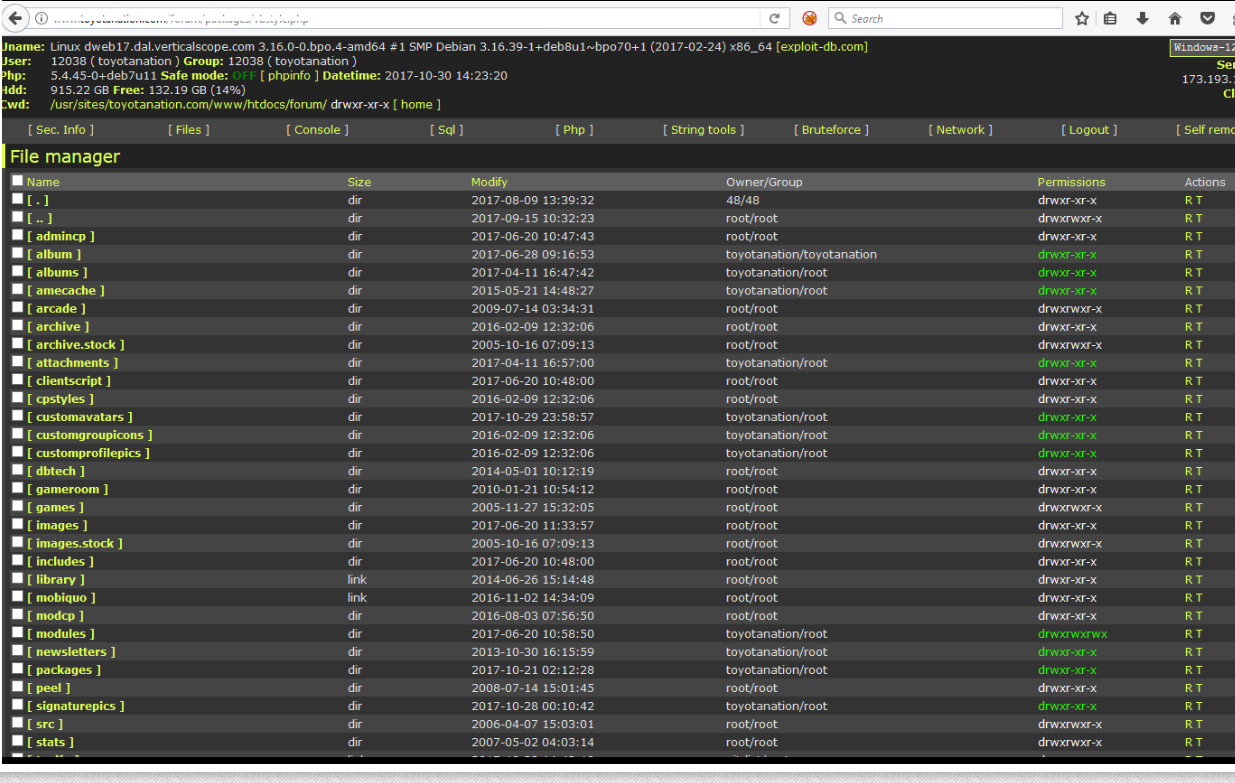

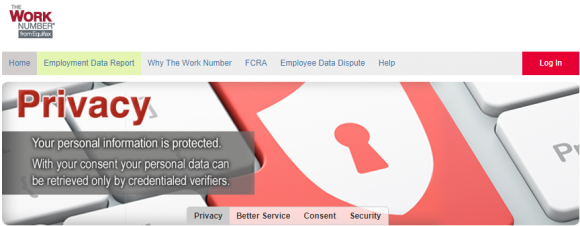
 Arbor Networks said it believes the size of the Reaper botnet currently fluctuates between 10,000 and 20,000 bots total. Arbor notes that this can change any time.
Arbor Networks said it believes the size of the Reaper botnet currently fluctuates between 10,000 and 20,000 bots total. Arbor notes that this can change any time.
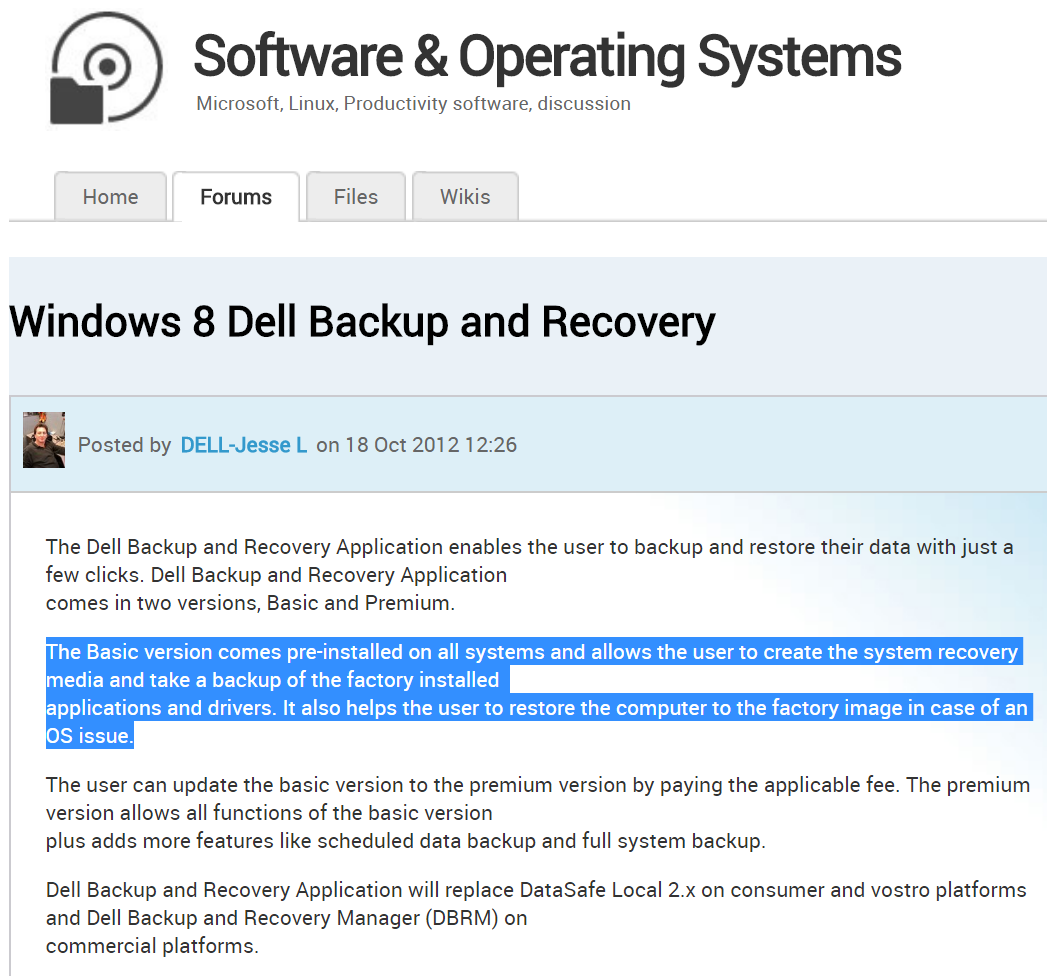
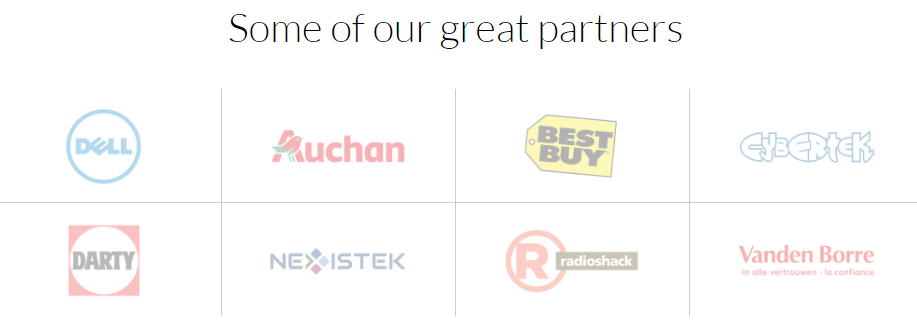

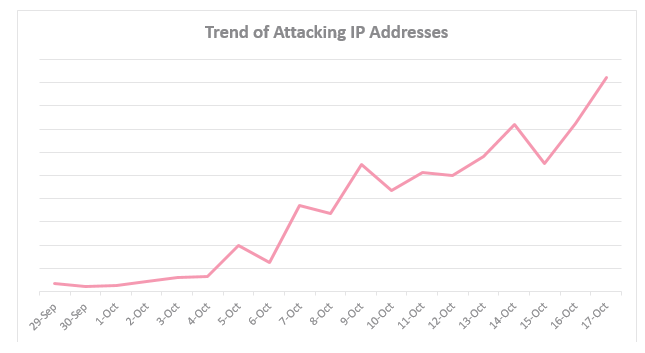
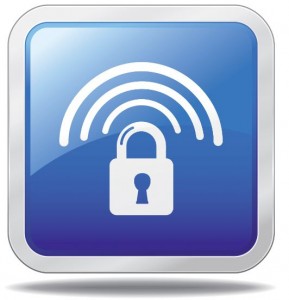

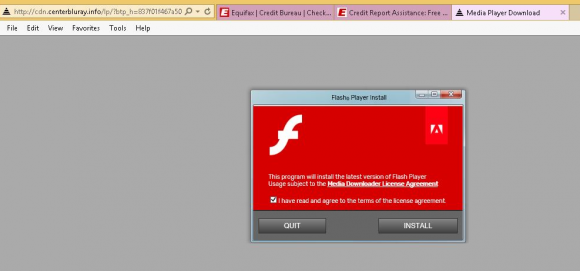
 Hyatt said its cyber security team discovered signs of unauthorized access to payment card information from cards manually entered or swiped at the front desk of certain Hyatt-managed locations between March 18, 2017 and July 2, 2017.
Hyatt said its cyber security team discovered signs of unauthorized access to payment card information from cards manually entered or swiped at the front desk of certain Hyatt-managed locations between March 18, 2017 and July 2, 2017. Roughly half of the flaws Microsoft addressed this week are in the code that makes up various versions of Windows, and 28 of them were labeled “critical” — meaning malware or malicious attackers could use the weaknesses to break into Windows computers remotely with no help from users.
Roughly half of the flaws Microsoft addressed this week are in the code that makes up various versions of Windows, and 28 of them were labeled “critical” — meaning malware or malicious attackers could use the weaknesses to break into Windows computers remotely with no help from users.